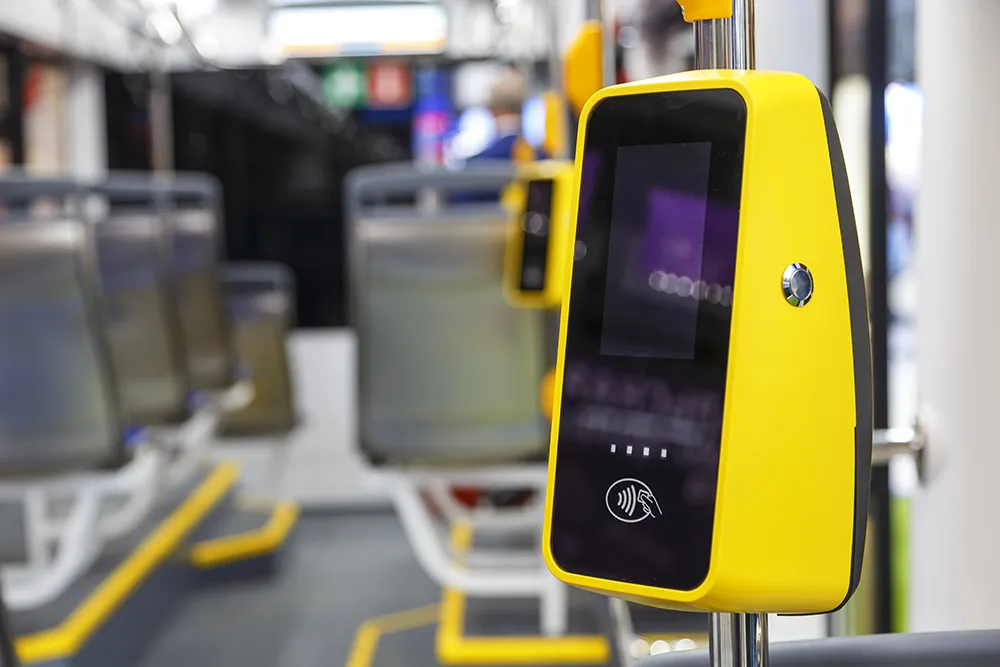The London Borough of Sutton has started the full replacement programme of its parking machines, upgrading them to Metric Elite LS terminals via the ESPO framework.
143 new parking terminals are being installed across the borough in both on- and off-street locations. Most of the on-street terminals are now solar powered as the old mains-powered METRIC Accent terminals are phased out. Twenty new mains powered machines are being installed in high usage areas.
In off-street locations, the Elite LS termi
March 7, 2017
Read time: 1 min
The London Borough of Sutton has started the full replacement programme of its parking machines, upgrading them to Metric Elite LS terminals via the ESPO framework.
143 new parking terminals are being installed across the borough in both on- and off-street locations. Most of the on-street terminals are now solar powered as the old mains-powered Metric Accent terminals are phased out. Twenty new mains powered machines are being installed in high usage areas.
In off-street locations, the Elite LS terminals will all have HD video screens to promote local retailers. These terminals will also be fitted with keypads for number plate entry for car parks.
The council has also upgraded their alert system to METRIC’s comprehensive back office system with Real Time Reg and Web Services.
143 new parking terminals are being installed across the borough in both on- and off-street locations. Most of the on-street terminals are now solar powered as the old mains-powered Metric Accent terminals are phased out. Twenty new mains powered machines are being installed in high usage areas.
In off-street locations, the Elite LS terminals will all have HD video screens to promote local retailers. These terminals will also be fitted with keypads for number plate entry for car parks.
The council has also upgraded their alert system to METRIC’s comprehensive back office system with Real Time Reg and Web Services.









